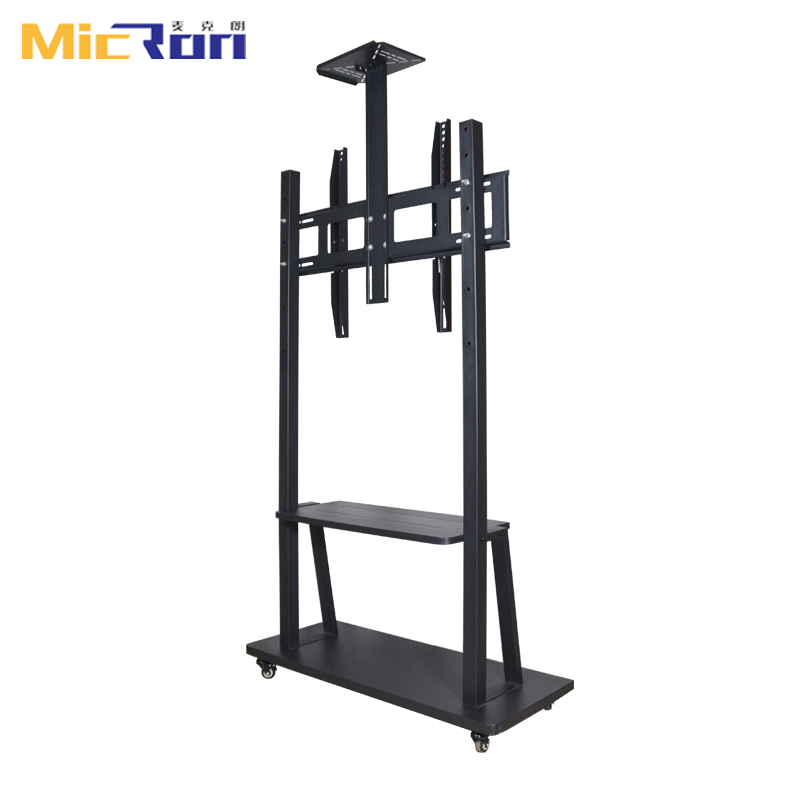Exploring Effective Strategies for TV Factory Base Production Management and Optimization Techniques
Exploring Effective Strategies for TV Factory Base Production Management and Optimization Techniques
Base Parameter for TV Manufacturing A Comprehensive Overview
In the rapidly evolving world of electronics, television manufacturing has seen significant advancements over the years. Understanding the base parameters for television factories is crucial for ensuring quality production, optimizing operational efficiency, and meeting consumer demand. In this article, we will explore the core components and considerations that define the manufacturing process of televisions.
1. Design Specifications
The foundation of any television lies in its design specifications. These include dimensions, weight, screen type (LCD, LED, OLED), resolution (1080p, 4K, 8K), and aspect ratio. Manufacturers must establish these parameters early in the design phase to ensure that they meet market demands and comply with industry standards. Collaborative efforts between design engineers, product managers, and market analysts are crucial to aligning these specifications with consumer preferences.
2. Component Sourcing and Quality Control
Once the design parameters are set, the next step involves sourcing components. This includes sourcing panels, circuit boards, processors, and other essential electronic parts. The quality of these components directly impacts the performance and durability of the television. Manufacturers must establish strong relationships with suppliers and implement stringent quality control measures to ensure that every component meets their high standards. Regular audits and inspections are vital to mitigate risks associated with subpar materials.
3. Automated vs. Manual Assembly
Television manufacturing involves intricate assembly processes that can be done through automation or manual labor. Factories must evaluate the advantages and disadvantages of each method. Automation can significantly enhance production speed and reduce labor costs, while manual assembly can allow for a greater degree of precision and flexibility in addressing special orders or customizations. A balanced approach often works best, incorporating both automation for mass production and manual components for specialized needs.
base para tv factory

4. Production Capacity and Scalability
Understanding the production capacity is crucial for any TV factory. This involves evaluating the number of televisions that can be manufactured in a given period without compromising quality. Manufacturers must also consider scalability to meet fluctuating market demands. A flexible production line that can adapt to changes in order volume is essential for maintaining competitiveness in the fast-paced electronics market.
5. Sustainability Practices
As environmental concerns continue to grow, manufacturers are increasingly required to adopt sustainable practices. This starts with the sourcing of materials, choosing recyclable options whenever possible, and reducing waste during the manufacturing process. Emphasizing energy-efficient technologies and implementing responsible disposal methods for electronic waste are key factors that can enhance a factory's reputation and align with global sustainability goals.
6. Compliance with Regulations
Television manufacturers must comply with various international standards and regulations. These may include safety certifications, energy consumption guidelines, and electromagnetic compatibility requirements. Staying informed about legal changes and ensuring compliance is essential for avoiding legal challenges and maintaining customer trust.
Conclusion
In conclusion, the base parameters for television factories encompass a multitude of factors ranging from design and sourcing to assembly and compliance. By optimizing these elements, manufacturers can enhance product quality, operational efficiency, and customer satisfaction. As technology continues to evolve, staying ahead in the dynamic landscape of television manufacturing will require ongoing evaluation, innovation, and adaptability. Successful manufacturers will be those who can navigate these complexities while maintaining a focus on quality and sustainability.
-
Reliable Tilt TV Mount Company & Manufacturer, Factory Direct PriceNewsJul.30,2025
-
Reliable Tilt TV Mount Company & Manufacturer, Factory Price & ServiceNewsJul.29,2025
-
Installing TV Wall Mount in Apartment for Secure and Sleek SetupNewsJul.29,2025
-
High-Quality Tilt TV Mount Exporters for Secure InstallationNewsJul.29,2025
-
Professional Tilt TV Mount Company & Manufacturer, Competitive PricelistNewsJul.28,2025
-
Top Tilt TV Mount Exporters: Quality Manufacturer & Competitive PricingNewsJul.28,2025
